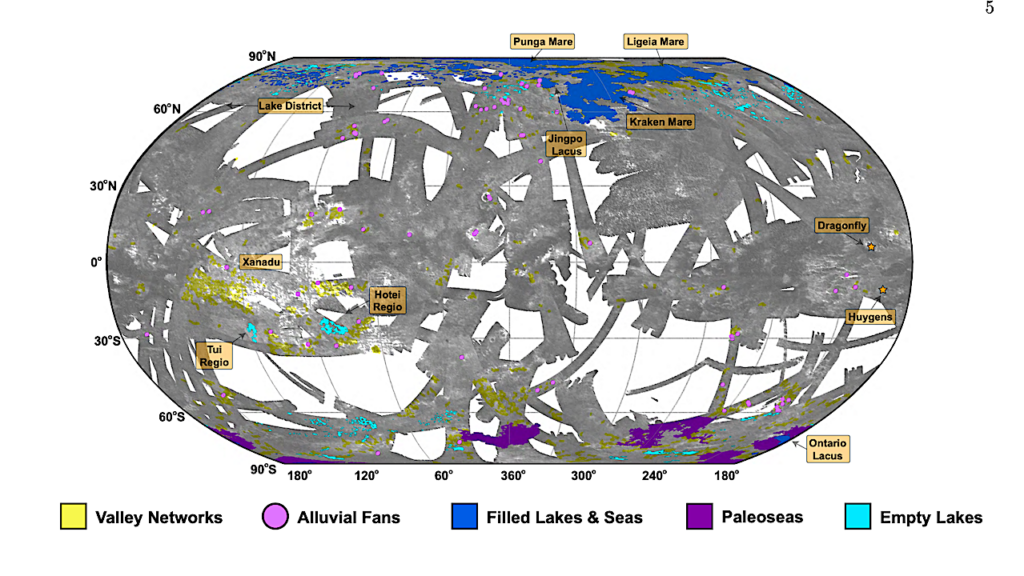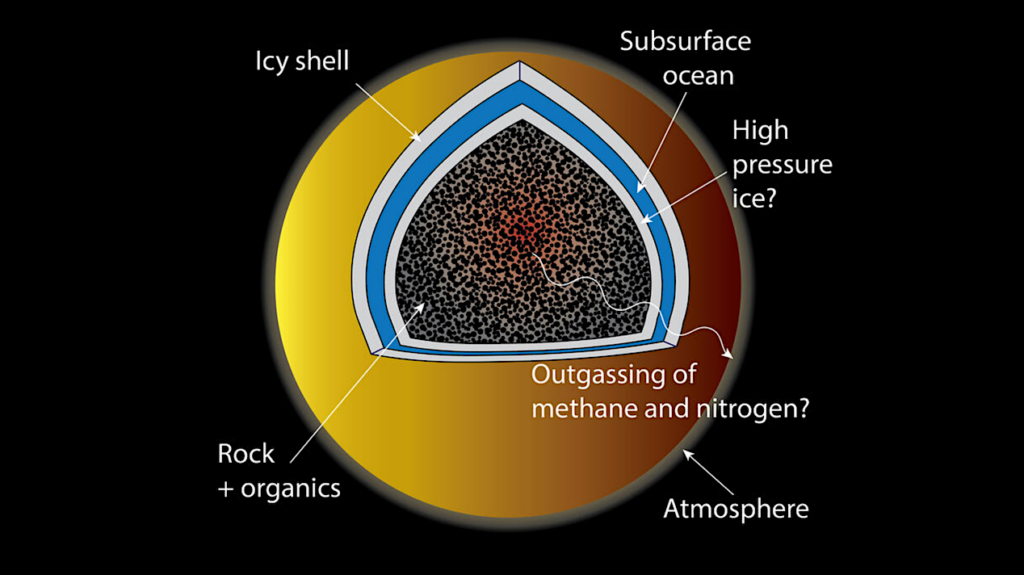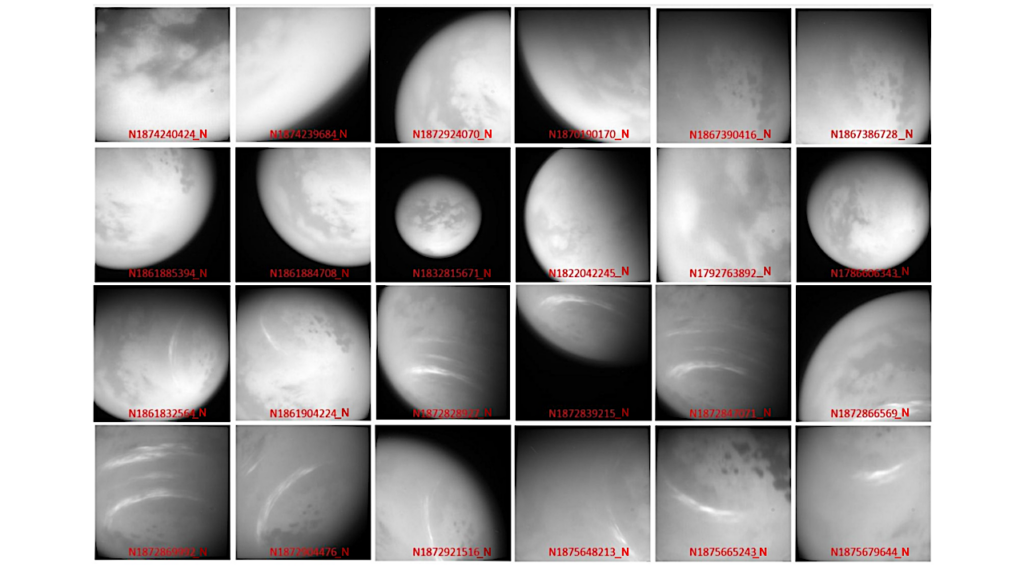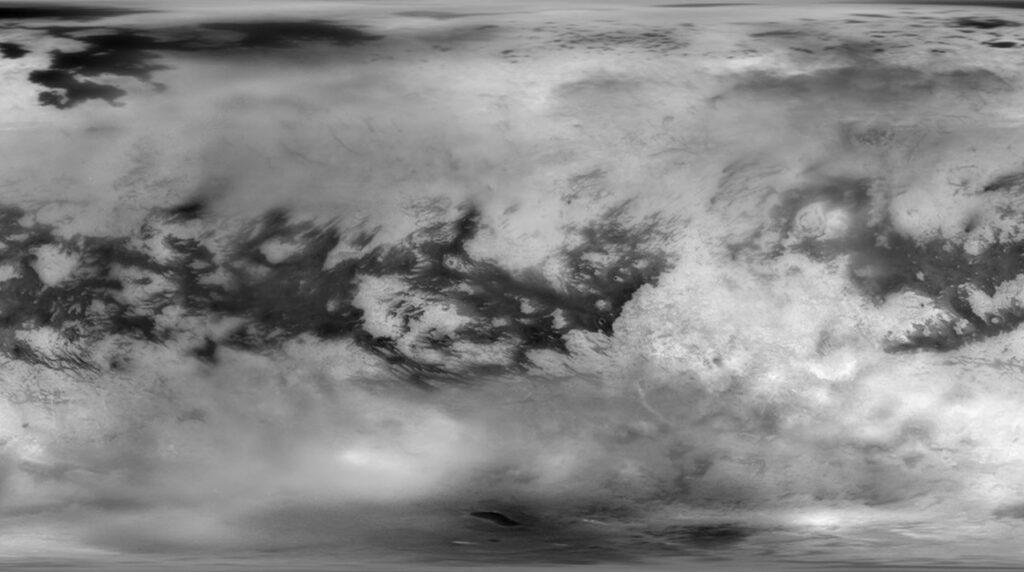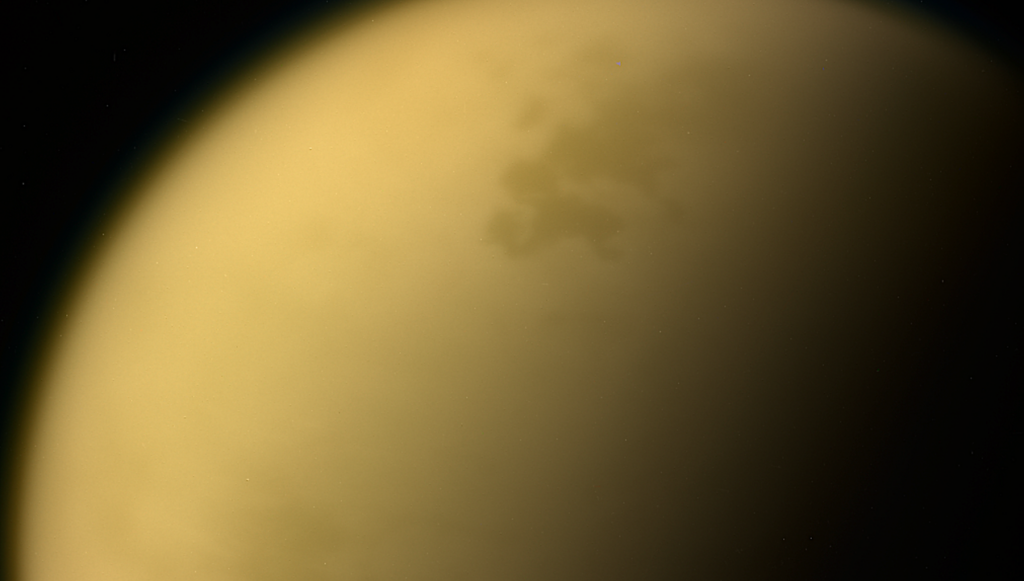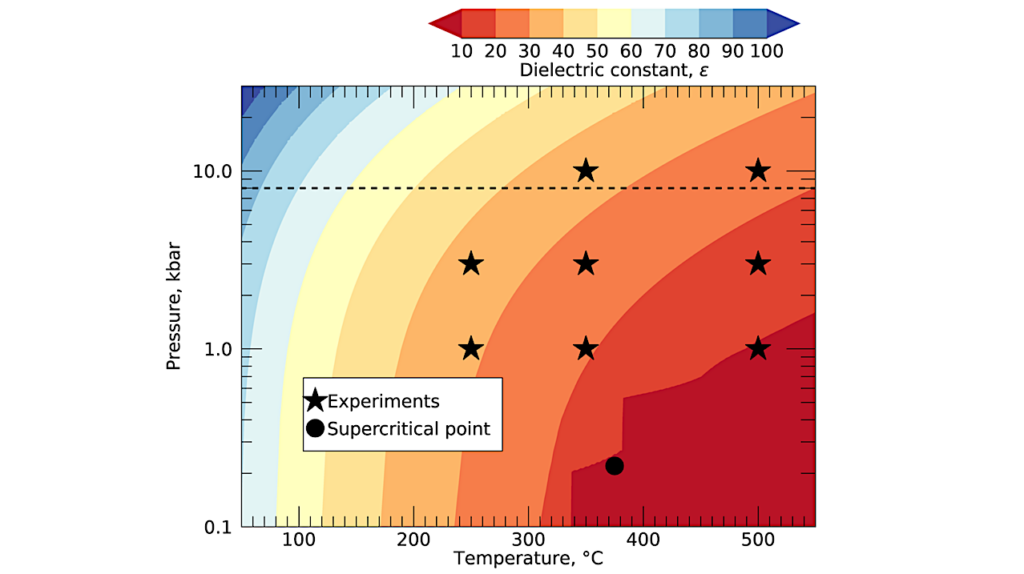Optimisation of a Hydrodynamic SPH-FEM Model for a Bioinspired Aerial-aquatic Spacecraft on Titan

Titan, Saturn’s largest moon, supports a dense atmosphere, numerous bodies of liquid on its surface, and as a richly organic world is a primary focus for understanding the processes that support the development of life.
In-situ exploration to follow that of the Huygens probe is intended in the form of the coming NASA Dragonfly mission, acting as a demonstrator for powered flight on the moon and aiming to answer some key questions about the atmosphere, surface, and potential for habitability. While a quadcopter presents one of the most ambitious outer Solar System mission profiles to date, this paper aims to present the case for an aerial vehicle also capable of in-situ liquid sampling and show some of the attempts currently being made to model the behaviour of this spacecraft.
James McKevitt
Comments: Global Space Exploration Conference 2021, St. Petersburg, Russian Federation, 14 – 18 June 2021. Published by the International Astronautical Federation with permission
Subjects: Instrumentation and Methods for Astrophysics (astro-ph.IM); Earth and Planetary Astrophysics (astro-ph.EP)
Report number: GLEX-2021,5,2,8,x62196
Cite as: arXiv:2106.09411 [astro-ph.IM] (or arXiv:2106.09411v1 [astro-ph.IM] for this version)
Submission history
From: James McKevitt
[v1] Thu, 17 Jun 2021 11:46:13 UTC (683 KB)
https://arxiv.org/abs/2106.09411
Astrobiology


